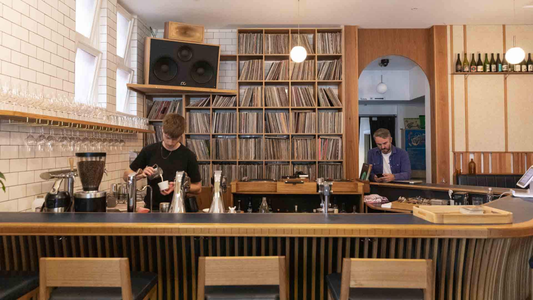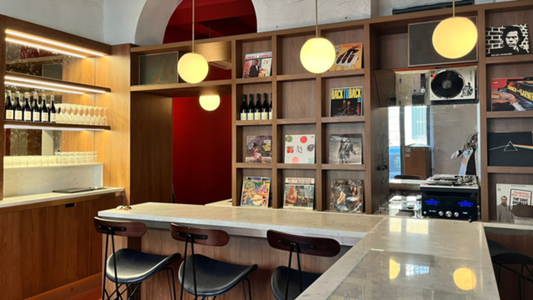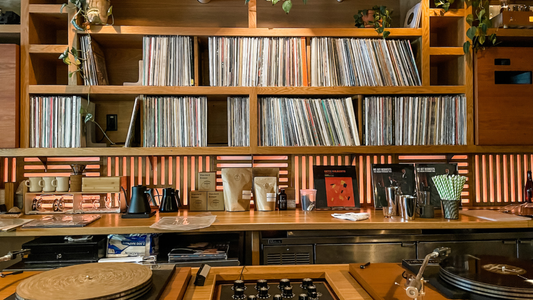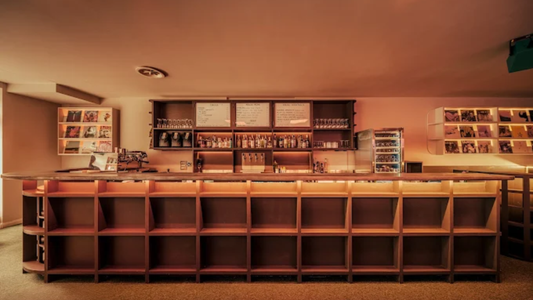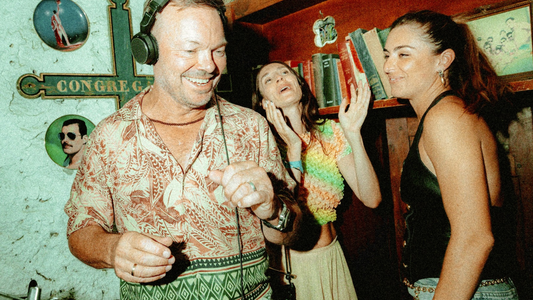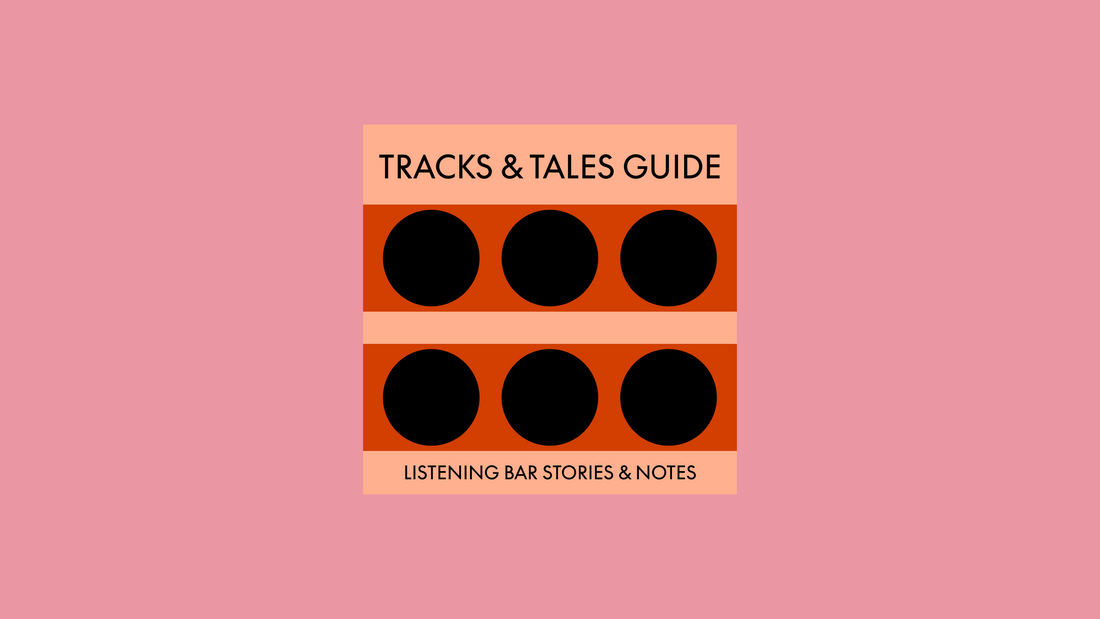
How Do Listening Bars Choose Which Albums to Play Each Night?
Behind the turntables, the quiet art of curating sound for a room.
By Rafi Mercer
A record doesn’t land in a listening bar by accident. When you hear the opening bars of an Alice Coltrane record in a dim-lit basement, or the slow build of a Kraftwerk side in a loft above the city, it’s the result of curation — a decision made not for background, but for atmosphere, intent, and memory.
The selection is part ritual, part instinct. Owners, DJs, and curators spend years building collections: thousands of records catalogued, loved, and tested. The act of choosing what to play is not about filling silence; it’s about giving shape to the night.
How albums are chosen in listening bars:
- Mood of the room — curators sense whether the night leans calm, bright, or restless.
- Time of day — early evenings might begin with softer tones; later hours with bolder energy.
- Seasonal cues — summer might invite Brazilian bossa nova, winter the depth of modal jazz.
- Cultural threads — anniversaries, artist tributes, or thematic nights guide the stack.
- Personal instinct — above all, curators trust their ears and their collections.
In Tokyo’s kissaten tradition, album choice was often the privilege of the owner. Patrons might request, but the sequence was set by the host — a quiet authority at the heart of the room. In New York or London, DJs often take on the role, though less as performers than as stewards: guiding the room through full records rather than cutting and mixing.
What makes the listening bar different is the patience. Albums are not dipped into; they are played whole. The arc of a record becomes the arc of the evening. A Coltrane quartet side doesn’t just fill twenty minutes; it becomes the conversation, the mood, the architecture. And when it ends, the choice of the next record carries the weight of continuity.
Sometimes the selections are themed — an evening of Japanese pressings, or a night dedicated to Blue Note classics. Other times, they’re improvised, guided by what feels right as the last track fades. The silence between records is part of the curation too: a breath, a reset, a moment where the room is suspended, waiting.
It’s worth noting that listening bars also choose by fit. Not every record works in such detail. Some sound thin, compressed, restless under scrutiny. Others blossom: the warmth of analogue jazz, the textured layers of soul, the crystalline structure of electronic minimalism. To curate is also to filter — to know which records reward the room and which fall flat.
So how do they decide? With care, with instinct, and with the belief that the record deserves centre stage. The best listening bar nights feel not like playlists but like conversations — between artists, curators, and listeners, carried by vinyl across time and space.
Quick Questions
Do listening bars play requests?
Sometimes, but the final choice usually rests with the owner or curator, ensuring flow and mood are preserved.
Why play full albums instead of tracks?
Because albums carry an arc — a beginning, middle, and end — that shapes the atmosphere of the evening.
Are records chosen in advance or on the spot?
Both. Some nights follow themes, while others are guided by the room’s mood and the curator’s instinct.
Rafi Mercer writes about the spaces where music matters. For more stories from Tracks & Tales, subscribe, or click here to read more.
